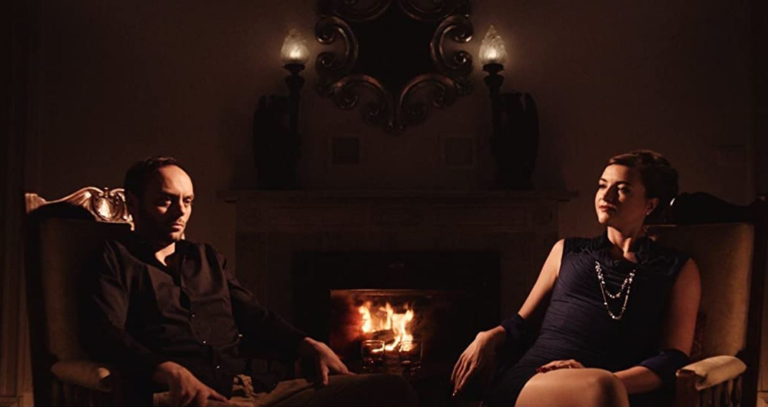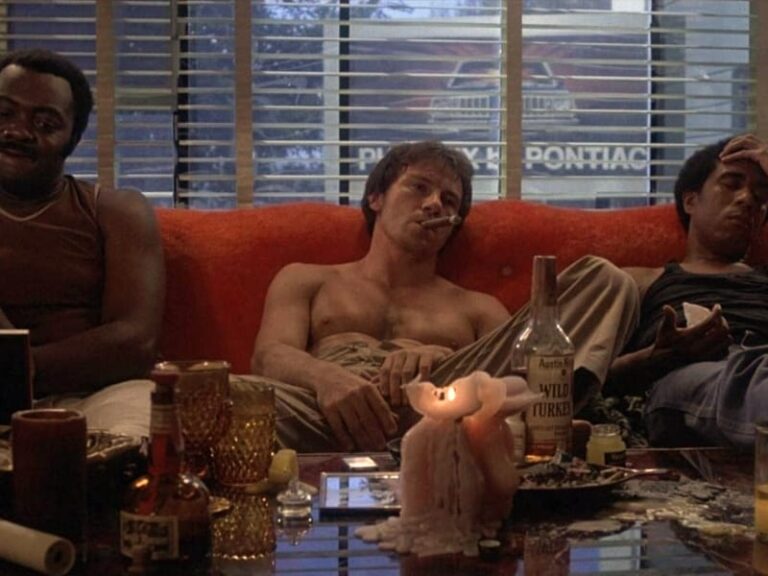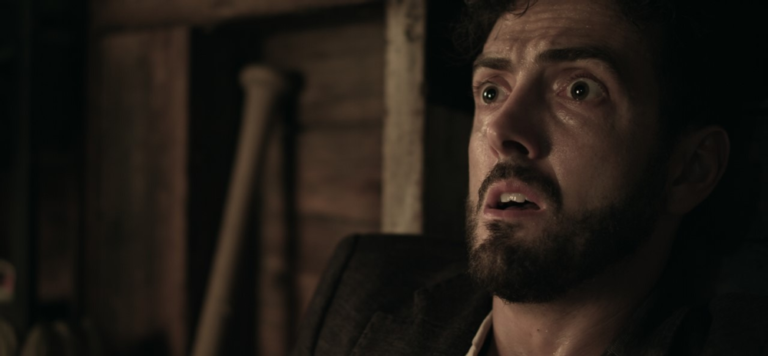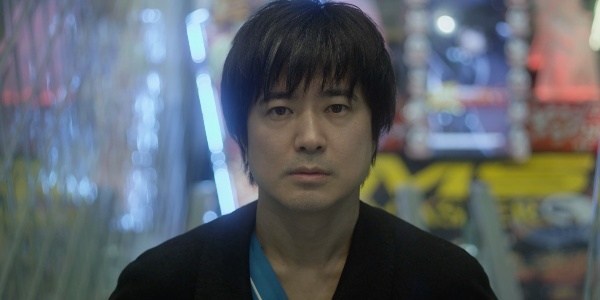10 Best Final Scares in Horror Movie History
October is defined in Webster’s Dictionary as “31 days of horror.” Don’t bother looking it up; it’s true. Most people take that to mean highlighting one horror movie a day, but here at FSR, we’ve taken that up a spooky notch or nine by celebrating each day with a top ten list. This article on the best horror ending scenes is part of our ongoing series 31 Days of Horror Lists.
We expect to be scared during horror movies. However, sometimes filmmakers decide to throw something at us once we think the scares are all over, resulting in a nasty little shock that is both impressive and unfair. The last-minute scare is a trope by now and can sometimes be poorly executed or just plain nonsensical, but it’s still easy to get caught off guard by films that do it well. After all, once the kid is saved (or killed) and the monster is killed (or escapes), and a sense of normalcy is restored, it’s only natural for us to relax a little bit. And then — wha-bam! — the film hits us with one last jolt. Credits roll and we laugh nervously to cover up for the way we just jumped out of our skin.
Here are ten movies with the best final scares that pulled off this tricky little maneuver well, as voted on by Brad Gullickson, Chris Coffel, Kieran Fisher, Rob Hunter, Meg Shields, Anna Swanson, Jacob Trussell, and yours truly.
10. Carrie (1976)
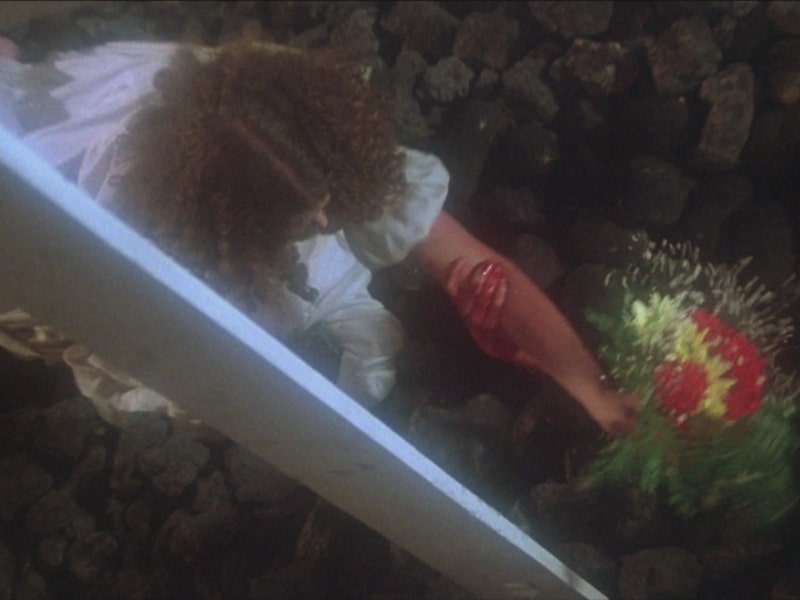
In terms of its relevance to the overall plot, traumatized prom attendee Sue’s (Amy Irving) dream at the end of Carrie is a bit of a jump-scare cheap shot. Still, that doesn’t make it any less terrifying when Carrie White’s bloodied, grabbing hand bursts out of her grave just before the credits roll. Brian De Palma’s final scare is one of the most iconic last-minute freak-outs in horror history, and it works because it sets up a somber tone — Sue setting flowers atop the wreckage of Carrie’s home — and then demolishes it with a jarring reminder that Sue’s survivor’s guilt will haunt her forever. (Valerie Ettenhofer)
9. Final Destination 2 (2003)
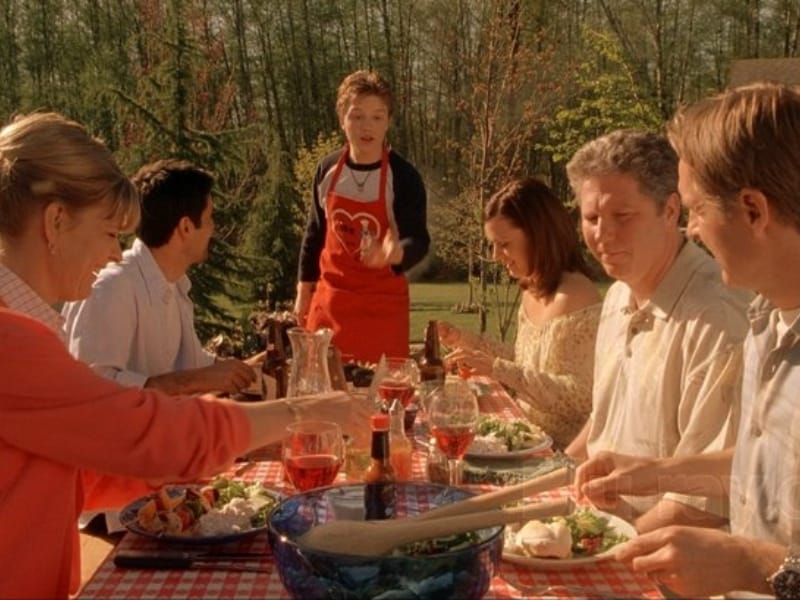
In the first sequel to Final Destination, we did not yet know that each subsequent film in the franchise would end with a deliciously shocking final bump to send us from the theaters reeling. Sure, the first one did, but they wouldn’t just recycle that ending again, would they? Oh, would they ever, but what Final Destination 2 does that is so unique is to go for a capper that winks at the series’ future turn into blood-red camp than a more straightforward “gotcha!” moment. Rather than Death catching up to our surviving leads, A.J. Cook and Michael Landes, it takes a detour and offs an ancillary character in a barbecue accident. As the survivors get ready for an outdoor dinner with the boy’s family, he explodes in the background, his scorched, bloodied arm flying through the air, perfectly plopping onto a picnic table in front of his screaming mother before cutting to black. It’s as bizarre as it is unexpected, but ultimately it’s meant to make you laugh through its sudden and senseless brutality, just like a Looney Tunes cartoon. This zaniness is the key element to why the Final Destination franchise has an ardent following almost a decade after the last film was released. (Jacob Trussell)
8. Rosemary’s Baby (1968)
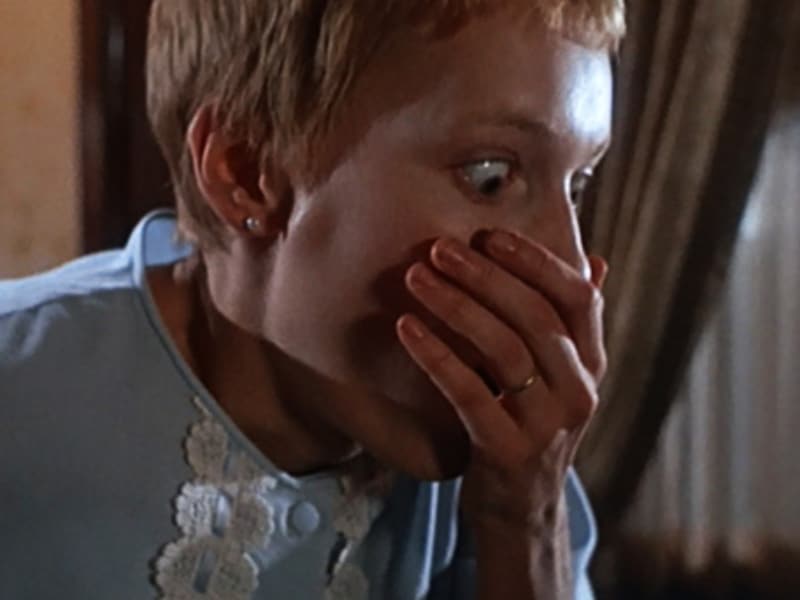
“What have you done to its eyes?” Mia Farrow’s cries at the end of Rosemary’s Baby are impossible to forget, but the scene’s conclusion, in which she accepts her satanic son, might be even scarier. Rosemary’s Baby unfolds like a psychological thriller, but in a whirlwind final sequence, viewers realize that it was actually an all-out battle for the fate of the world playing out in Rosemary’s womb. It turns out the new mother lost in a game that was rigged from the start, but the cult members who surround her at the film’s end present her antichrist child like a special gift to her. Rosemary drops the knife she had been clinging to, all the fight leaving her, and when she finally approaches the black-clad cradle with the love of a mother in her eyes, it’s a bone-chilling inversion of our expectations. (Valerie Ettenhofer)
7. Don’t Look Now (1973)
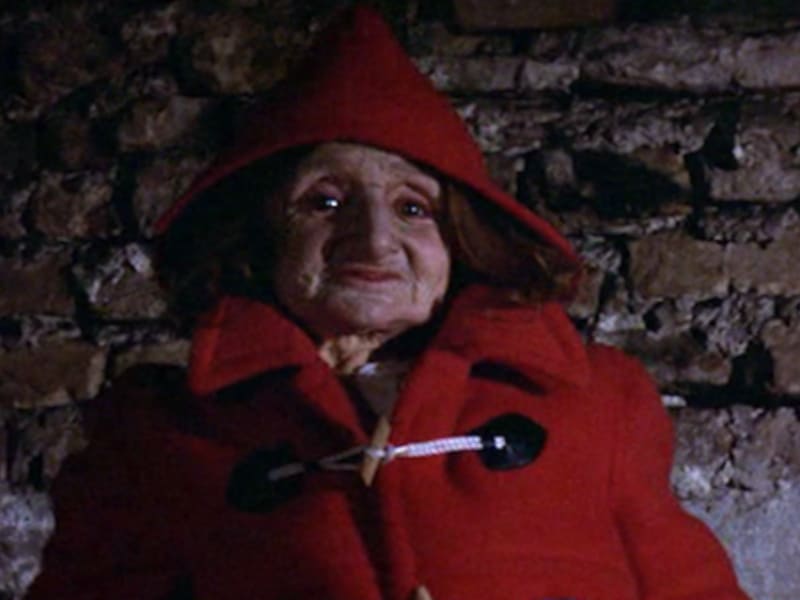
There are few climaxes I’ve felt as visceral a reaction toward as the one that attacks you in Don’t Look Now. Grief is a poison. The loss of a loved one can infect the soul, spreading venom from your heart to those around you. How can you stunt its growth? I’m not sure. Thankfully, I’ve never experienced pain as intensely as the one bestowed upon Donald Sutherland and Julie Christie in Don’t Look Now. Their two characters try to lose their pain in the buildings and passageways of Venice, but wherever Sutherland’s father character turns, he sees his dead little girl prancing away from him. When he finally corners her in a dark building one night, the little girl turns, and well, it’s not a little girl. It’s a horror of another order. The first time I met Sutherland’s end in this movie, I was confused and angry. What the hell? I don’t get it. The more I watch the film, however, the more sincere a shock the final slice of razor becomes. I have not felt his character’s pain, but I imagine it to be something akin to this final scare. (Brad Gullickson)
6. [REC] (2007)

[Rec] is a cruel movie that offers no respite from the terror until the end credits roll. It’s one of the most immersive and claustrophobic movies ever made, and it’s one of the few that’s truly enhanced by the found footage format. You really get the sense of being stuck inside the nightmare with the quarantined reports. The ending is a doozy, too. Angela (Manuela Velasco) spots a zombie and tries to hide, but there’s nowhere to escape. She is then dragged into the darkness and her fate is unknown until the sequel. The visual is unforgettable, and it’s a final kicker in what is an exhilarating and bleak experience overall. (Kieran Fisher)

